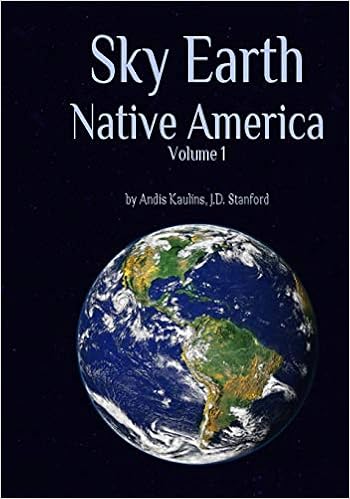The upcoming 2016 U.S. Presidential Election is currently all about personalities and issues, but are those the most determinative items for voting behavior?
What if it turned out that population densities determine the winner of the Presidential election at least as much as any other factor?
The traditional manner of
pigeonholing political parties, candidates and platforms into a single point of
view about any political issue is not well suited to the actual realities of
our world, which, it would seem, require geographic differentiation. The division
of the political landscape of the United States into red and blue States is a
good example.
Take Nebraska, a red State, where the
present writer grew up, for example, which always votes massively for
Republican Party candidates in Presidential elections (sometimes giving them
the greatest percentage majorities of any U.S. State) and yet at the same time
has elected a number of Governors of the State from the Democratic Party. How
is that to be explained?
We have several good friends from
Nebraska with whom we correspond now and then about political matters and they
are divided equally as regards Republican Party and Democratic Party allegiance
and we share a lot of their views - on BOTH sides of the political fence! How
is that possible?
We think the answers to both
questions above are rooted in a politically neutral appreciation of the impact
of geographic differentiation, e.g. on the example of population densities.
As
Dave Troy at http://davetroy.com/posts/the-real-republican-adversary-population-density
wrote about the 2012 U.S. Presidential Election:
"At about 800 people per square mile, people switch from voting primarily Republican to voting primarily Democratic. Put another way, below 800 people per square mile, there is a 66% chance that you voted Republican. Above 800 people per square mile, there is a 66% chance that you voted Democrat. A 66% preference is a clear, dominant majority." [emphasis added]
Except for its two largest
metropolitan areas, Omaha and Lincoln, the State of Nebraska is sparsely
populated and subsists primarily as farm or ranch country, with even Omaha,
e.g. having the largest stockyards in the nation (at least they were so in my
day), famous to most readers indirectly via "Omaha Steaks".
Who
is not familiar with the "agrarian-named" Cornhuskers of
Lincoln? The cities in Nebraska too have a strong connection to farming and
ranching, professions that are predominantly rural, i.e. "conservative" politically.
As I argue to my friends in Nebraska,
it is entirely consistent to support
conservative views INSIDE predominantly rural Nebraska because they work
demonstrably well there, but, at the same time to argue that those views do not
necessarily work demonstrably well in large urban areas, which have many other
kinds of problems, and where other solutions may be required.
In other words, one can, without
great contradiction, be a conservative in and for Nebraska, but perhaps at the
same time support liberal views in and for a heavily urbanized State such as
New York, New Jersey, Massachusetts, Connecticut, Florida, or even strongly
agrarian or ranch-oriented but heavily populated Status such as California or Texas.
To demonstrate
the importance of geographic differentiation, let us take as an example a "relatively non-partisan" if also
sometimes very political issue, the building of roads and highways, which is a
good example if only because the lady Senator from Nebraska comes from a family
with expertise in this area.
How many roads and highways do we
need where and in what quality?
In Germany, our domicile in a grape-growing region, even many single-track vineyard roads are
paved (against mud and dust) as are virtually all roads in this heavily
populated country of ca. 81 million people on ca. 138000 square miles of land
-- a population density of ca. 585 persons per square mile.
By contrast, the U.S.A. has ca. 322
million people on ca. 3.8 million square miles of land -- a population density
of ca. 85 persons per square mile.
Germany is thus 7 times more populous
per square mile than the U.S.A., a demographic fact which has enormous consequences on all kinds of
practical political issues including roads and highways.
Nebraska has 77+ thousand square
miles of surface, i.e. more than half the size of Germany, but with only ca.
1.9 million people, for a population density of only 24 persons per square
mile, so that Nebraska is ca. 24 times less populous per square mile than
Germany.
In terms of road building, the U.S.A.
has ca. 10 times the length of roads that Germany has but for only ca. 4 times
the number of people -- on ca. 28 times
more land. Think of the cost of building roads.
It is thus no wonder that many
country roads in the USA are gravel and not paved. Rural areas can live with
that. Urban areas can not. It is neither a partisan nor a political issue but
one of simple practicality and costs, as determined by population density and
the amount of traffic.
A similar analysis will apply to many political issues.


